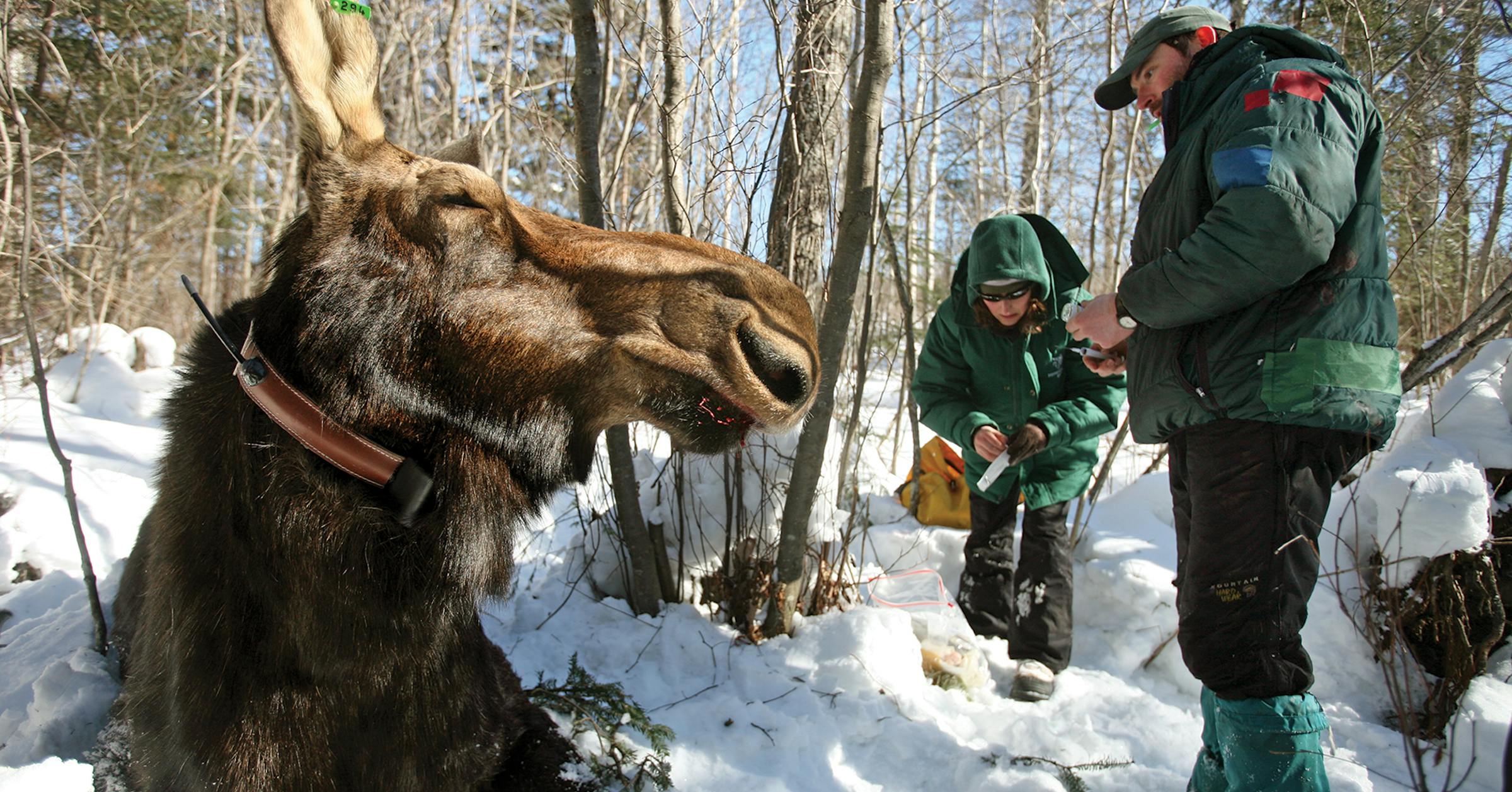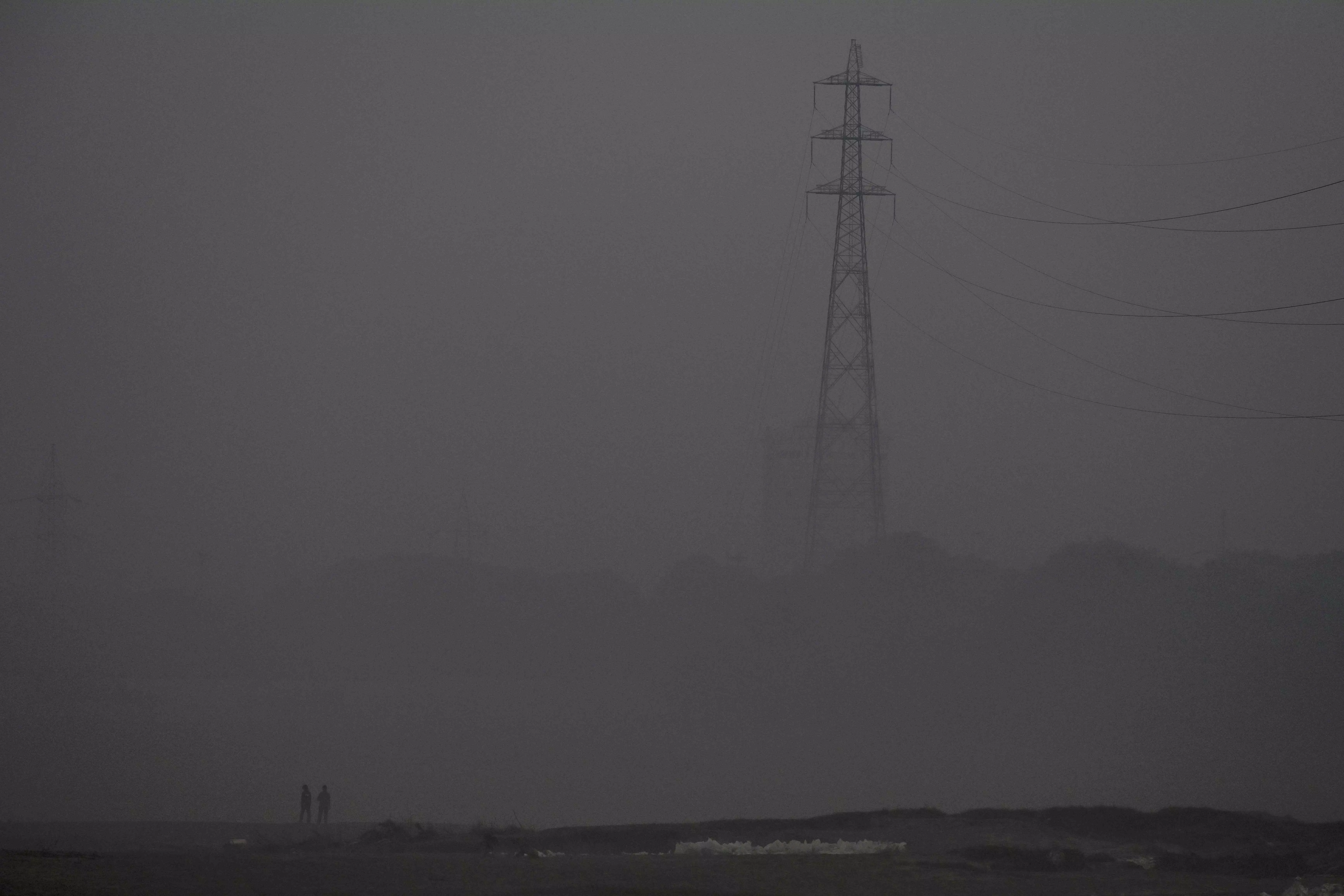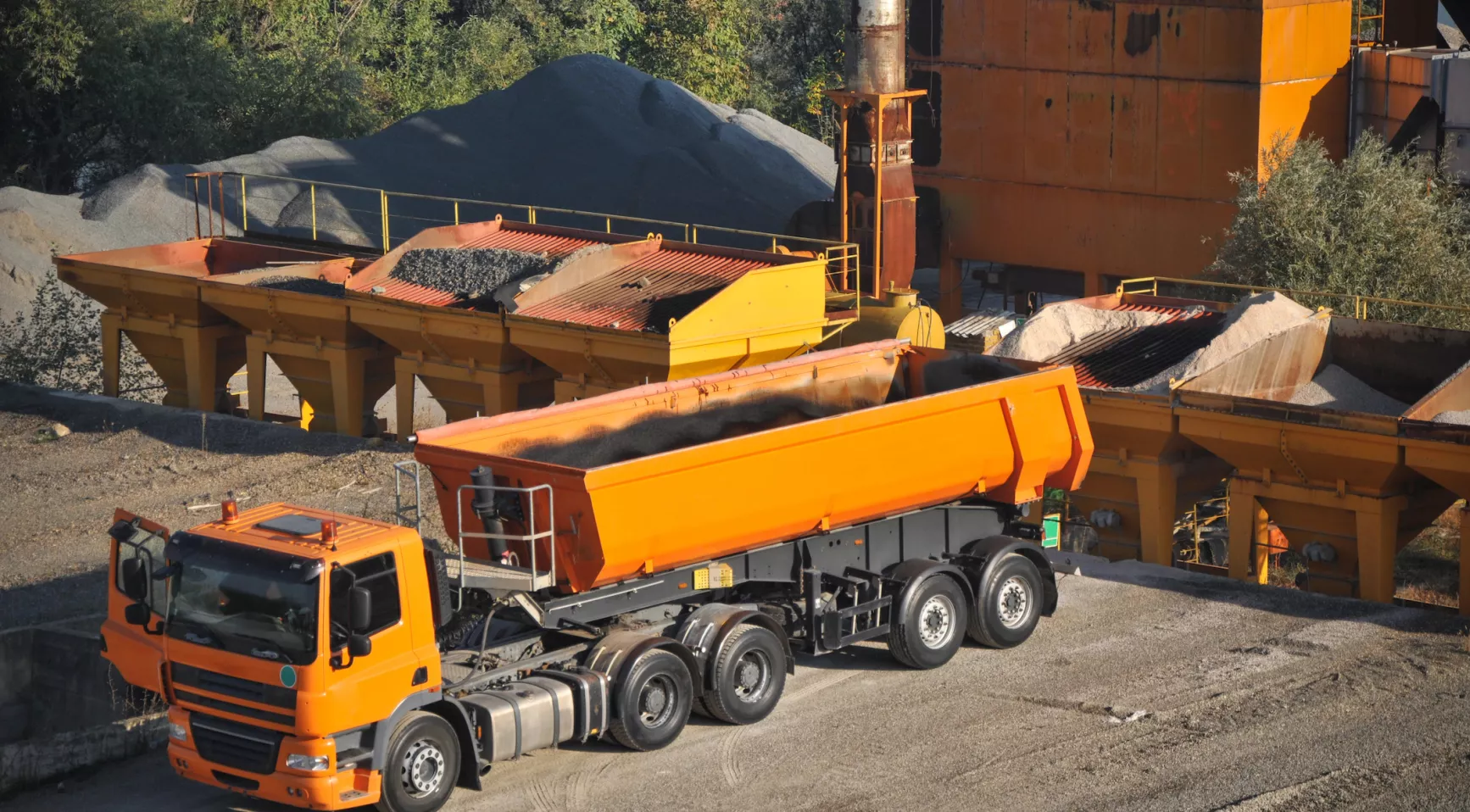Copyright startribune

“It’ll be some white-knuckle driving and I don’t have a ton of snowmobile experience,” Mortensen confessed. “So, yeah, let’s see. I might change my answer.” He was kidding. Mortensen, 26, said he’s grown accustomed to the comforts of living in Duluth as a masters degree student at the University of Minnesota Duluth, where he’s close to finishing his degree. Grand Marais, 110 miles northeast of Duluth with a permanent population of about 1,300 people, will provide an interesting change of pace, he said. “It’ll be nice to live in such a beautiful place,” Mortensen said. “I’ll have to get myself a pair of cross-country skis.” Carstensen said Mortensen’s presence in Minnesota’s primary moose range will strengthen a five-year research project that aims to collar 80 yearling moose — 60 females and 20 males — in each of the first three years, in winter. The field work includes collection of fecal samples to lab-test whether the females are pregnant. Putting tracking collars on moose that are 8 to 9 months old has been proven safe in field work by Seth Moore, director of biology and environment for the Grand Portage Band of Lake Superior Chippewa. Moore, Carstensen and Morgan Swingen of the 1854 Treaty Authority are collaborating on the $2 million project, funded by state lottery proceeds. It’s the National Parks of Lake Superior group that’s employing Mortensen. The helicopter-aided captures will take place in three broad areas around Ely, Isabella and Grand Marais, including the Gunflint Trail. “The focus is on young females and pregnancy rates as they age,” Carstensen said. “It’s really about filling an information gap. These young moose haven’t been studied.”



